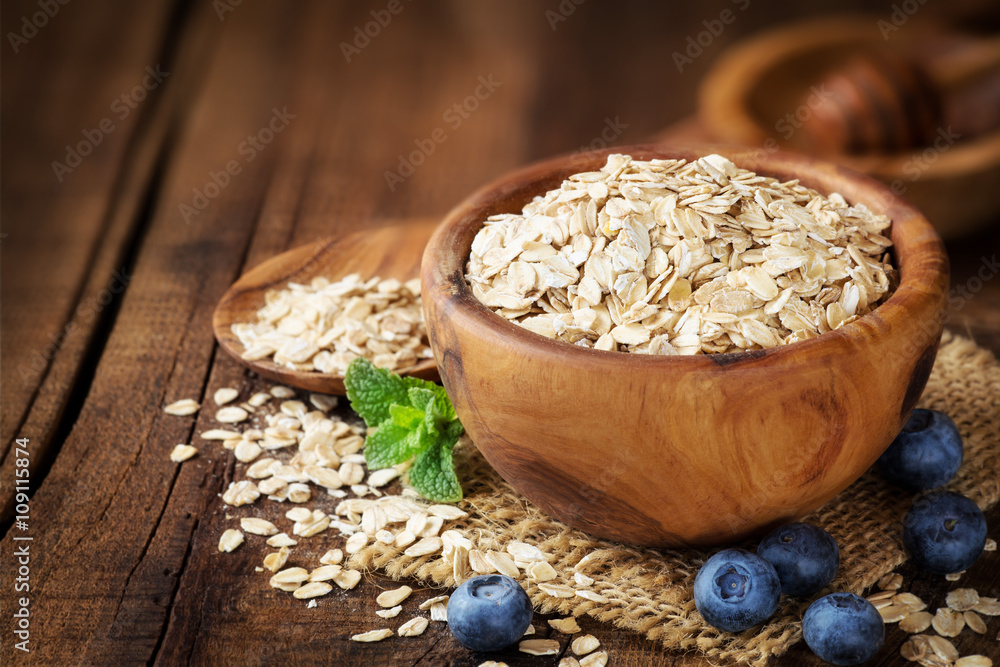It’s common to see oatmeal recipes on the Internet, from overnight oats to savory oats. Oatmeal, or Avena sativa, is a popular “superfood” due to its low price and its many health benefits. For example, the soluble fiber in oatmeal can actually lower cholesterol by preventing your body from absorbing as much LDL (the “bad” type of cholesterol) from your food. Oatmeal also has traditionally been used for external medical benefits outside of eating it and is surprisingly used to treat skin conditions such as eczema!
Eczema is an inflammatory skin condition that causes dry skin, itchiness, and rashes. There are many types of eczema, atopic dermatitis being the most prevalent. Atopic dermatitis (AD) is caused by an overactive immune system that dries out the skin barrier, causing the itchy feeling. Eczema flare-ups can be triggered by skincare ingredients, exposure to extreme temperatures, certain cleaners or disinfectants, and laundry detergents, among other potential irritants. Symptoms include itchiness, inflamed discolored skin, swelling, and oozing. Although there is no cure for eczema, the most common treatment involves the use of steroid creams.
Red, irritated skin is often the result of eczema.
Image Source: PonyWang
Colloidal oatmeal is an FDA-regulated skin barrier protectant used to soothe the skin. Colloidal oatmeal is made by finely grinding oats and boiling them. The chemical composition of colloidal oatmeal makes it effective in guarding the skin against common triggers of eczema. When colloidal oatmeal is mixed with a liquid, a film is created by the fibers (beta-glucan) and starches found in oatmeal. This film can prevent transepidermal water loss (TEWL) from the skin and prevent irritants from coming into contact with the skin. In addition, special compounds called avenanthramides in colloidal oatmeal have also been found to be good anti-inflammatory agents, which can help with eczema flare-ups.
In a 1-year trial investigating the effectiveness of 1% colloidal oatmeal cream on hand eczema, 79 participants with hand eczema were separated into either the control group or intervention group. Both groups received fluocinolone 0.025% (a corticosteroid that decreases inflammation) for the first two weeks of the study so that they could start on an even playing field. Then for the following four weeks, the intervention group was instructed to use 1% colloidal oatmeal cream while the control group used a base cream to observe if the oatmeal cream was better than a base cream in preventing eczema flare-ups. The results showed that the control group returned to baseline levels of irritation by the end of the study while the intervention (oatmeal) group did not, indicating that colloidal oatmeal can help with preventing the symptoms of hand eczema.
Unlike many new drugs in development, colloidal oatmeal products are already readily available at the drugstore at an affordable price. The next time you’re suffering from an eczema flare, it may be well worth your time to give those products a try!
Featured Image Source: kuvona










